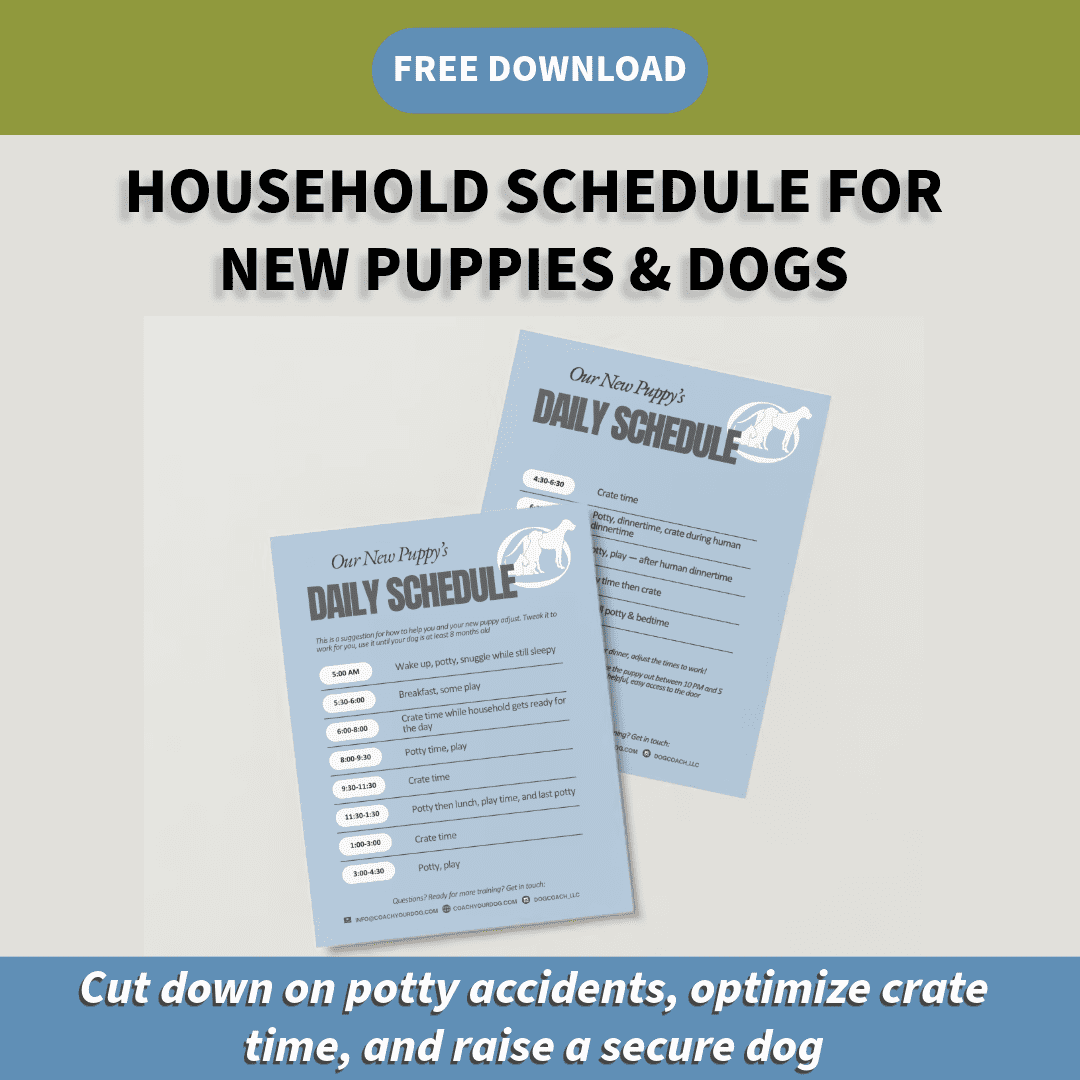Keeping a leash on your dog while inside your home is an easy and effective way to guide your dog’s behavior. Leashes are traditionally used on walks, outside of the house, but added training value can be found in using them inside.
Many people seek out dog training because they are looking for more control over their dogs. When you need better respect for coming when called, to stop jumping, barking or dog reactivity, you can make lots of positive headway with a leash. Leashing your dog in your house can even help remedy potty training issues.
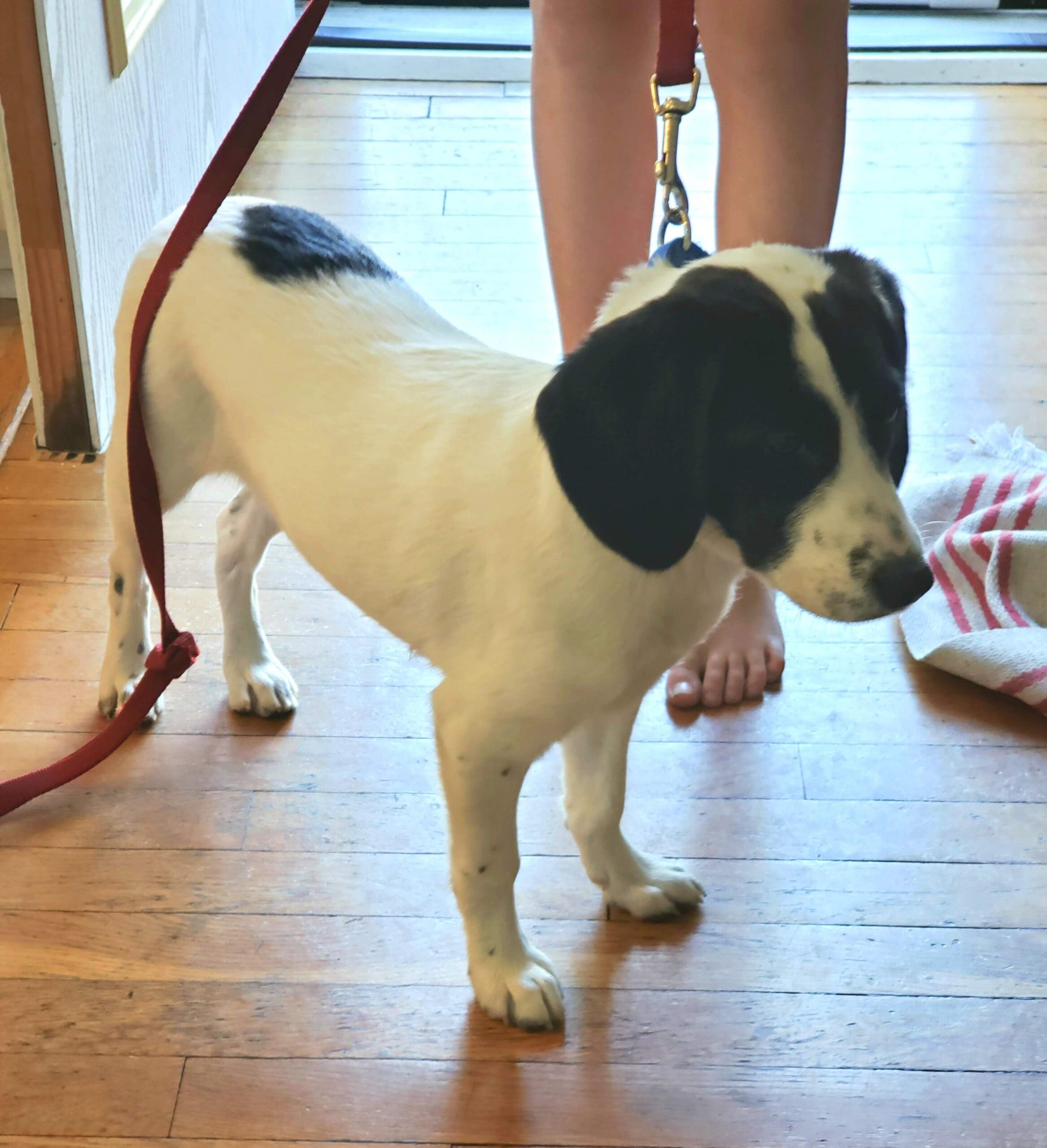
A basic leash and flat collar are the tools that will do the trick. The challenge is to recognize the opportunities your dog is giving you to pick up the leash and lead your dog to the right behavior choice. A leash in your hand allows you to have a required “conversation” and corrections with a flat collar, instead of connecting to a harness, which is a better way to be “heard.” Any leash you have currently will do to get your communication going with your canine.

When you need to work on correcting real bratty behavior, additional equipment is necessary. Proper use of a humane and effective prong collar and leash will communicate the boundaries your dog is missing, inside and outside the house. All dogs over the age of four months that we train are fitted for a Herm Sprenger prong collar and owners are taught to safely use this training tool. The leash and prong collar operates like a hearing aid for dogs: ”Oh, THAT’S what you wanted me to do.”
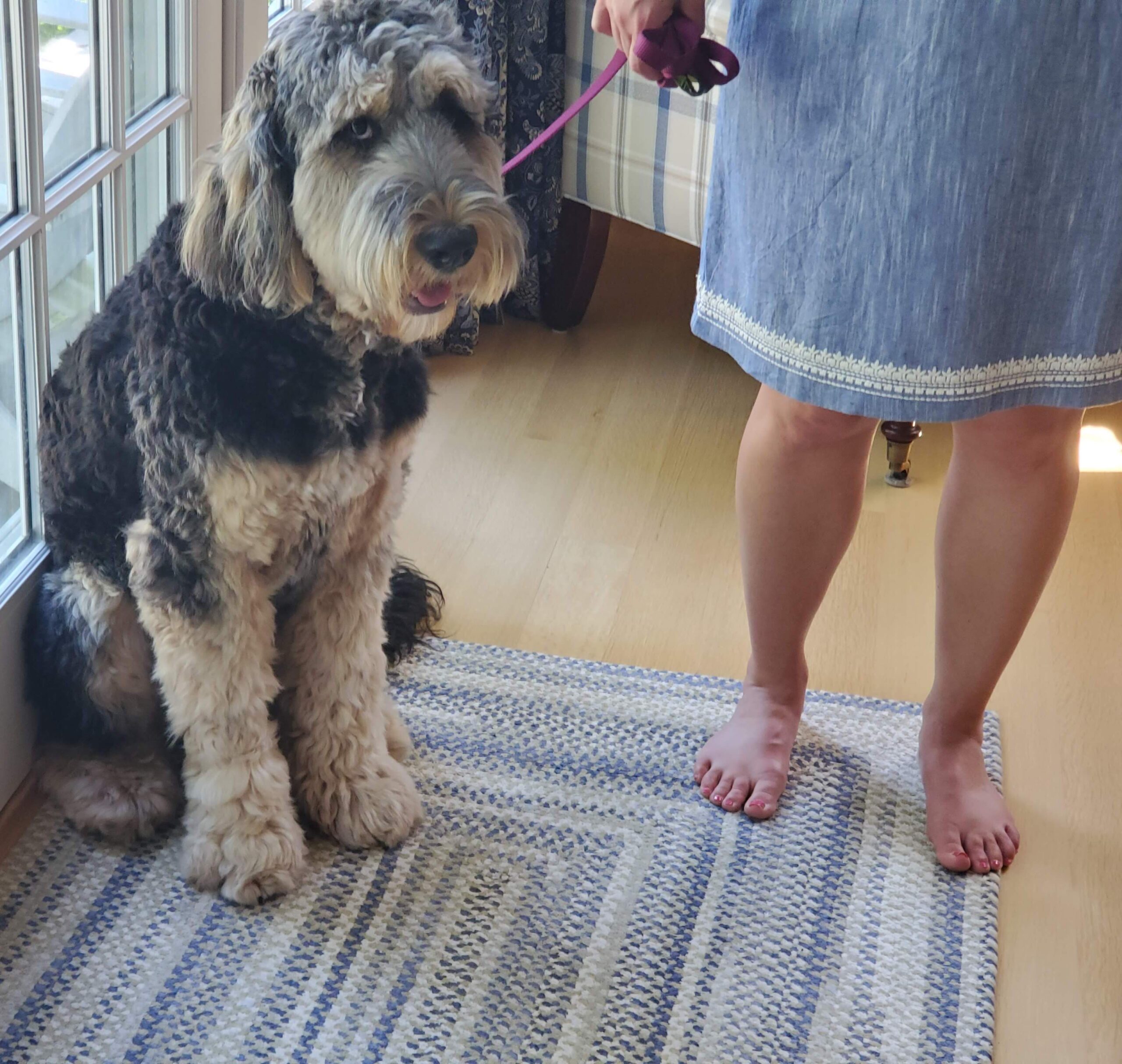
Here are a few examples of the way a leash on inside the house can work:
- A guest comes to the door, but you’re worried Sparky will jump. Snap on the leash and you have a means to stop your dog from jumping.
- Your dog is at the window barking at the mailman. Walk over and snap on the leash, lead him away from the window and the distraction.
- Princess is begging for food at the table. With a leash, you can lead her away from the table or the person eating. Consider using your dog crate.
While this is just the start of dog training, using this leash technique is one that owners can implement at home to start to get better behavior from their dogs.
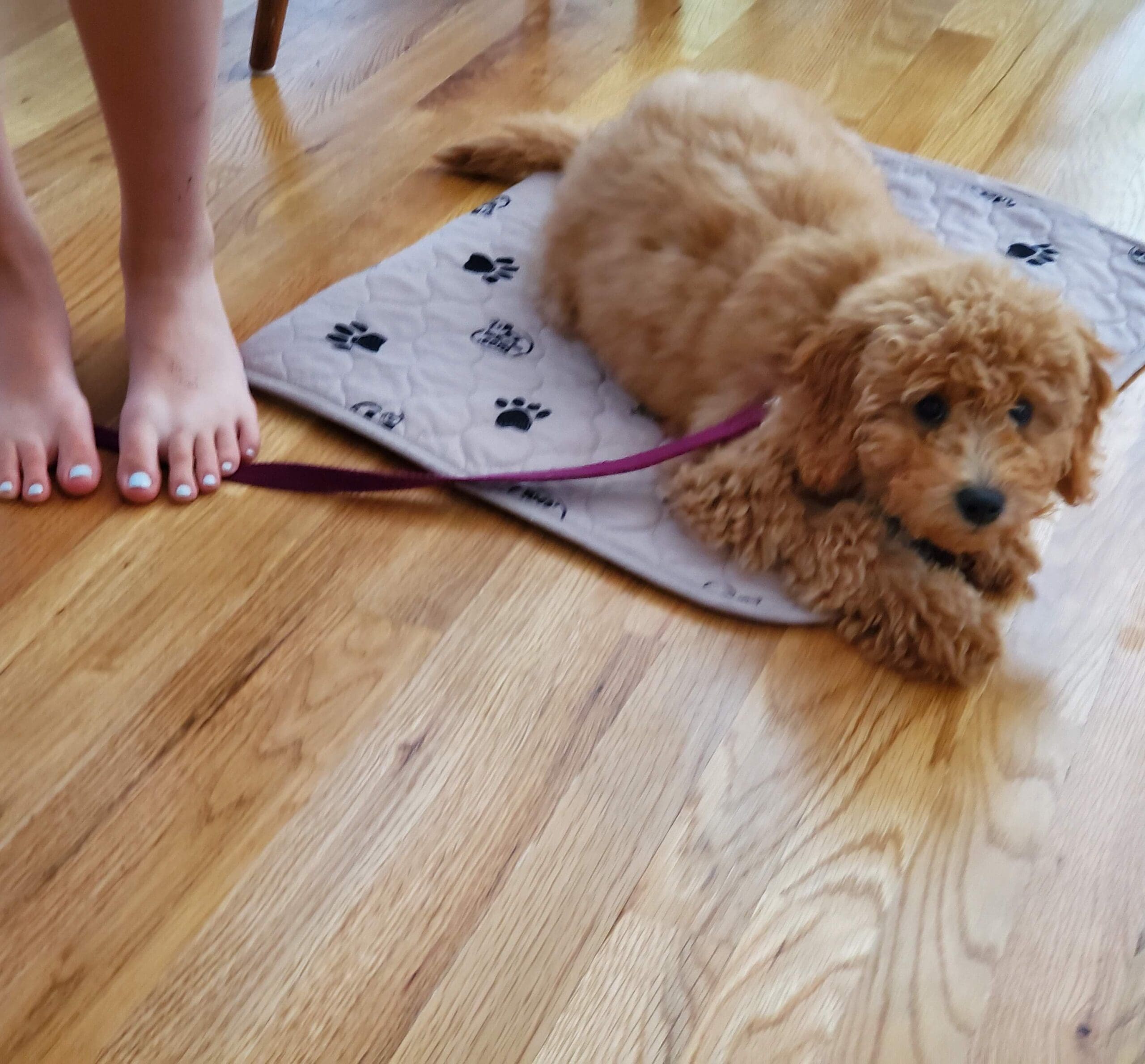
Leashing Puppies
One of the main tenets we explain in puppy training is the reason for keeping a leash on in the house. Foremost is that you now have a tool to guide your puppy away from whatever she needs to stop doing. You gain more control of the puppy and she is now more supervised. Puppies should never be allowed to roam the house. When it’s time for the puppy to come out of the dog crate, the leash is snapped on before the dog exits the crate. This way you can easily lead her outside for potty and back in for playtime.
If you’re cooking dinner or busy with a project, attaching the puppy’s leash to a solid table leg or door knob can be a substitute for keeping the leash in your hand. is also an instance where crate time works in combination with leash work. Whenever the puppy isn’t crated, she’s supervised by an adult and the drag leash is kept on for appropriate guidance and control.
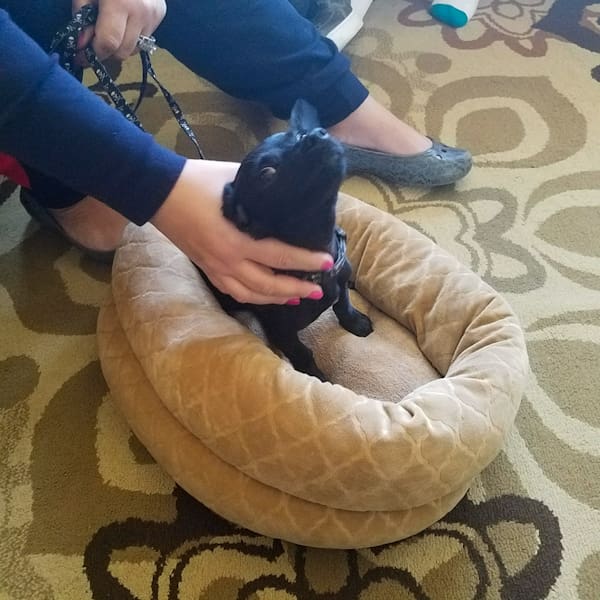
Kids & Nippy Puppies
Kids and rambunctious puppies fan each other’s fire. One gets ramped up, the other gets ramped up. It’s a lot! But leashing a puppy or untrained dog gives you a way to separate puppy and child, control the dog, and more easily restore some order.
Puppies can get very nippy, especially with younger kids as an easy target on the floor. Having a leash on allows the ability to control the dog without getting your hand down next to the puppy’s alligator teeth.

Household Structure
Keeping a leash on your dog in the house is truly the beginning of training. As your dog learns commands like Place, she starts to self settle, and make better choices. Then the leash on inside becomes unnecessary. As you guide your dog through new household structure and management, where she isn’t allowed to bark at the window, jump on the sofa, or run out the front door, your higher, clearer expectations are understood.
Tools as basic as a leash and collar can make all the difference in life with your dog. We’re here to show you how to lead your family dog to the very best behavior inside and outside your home.
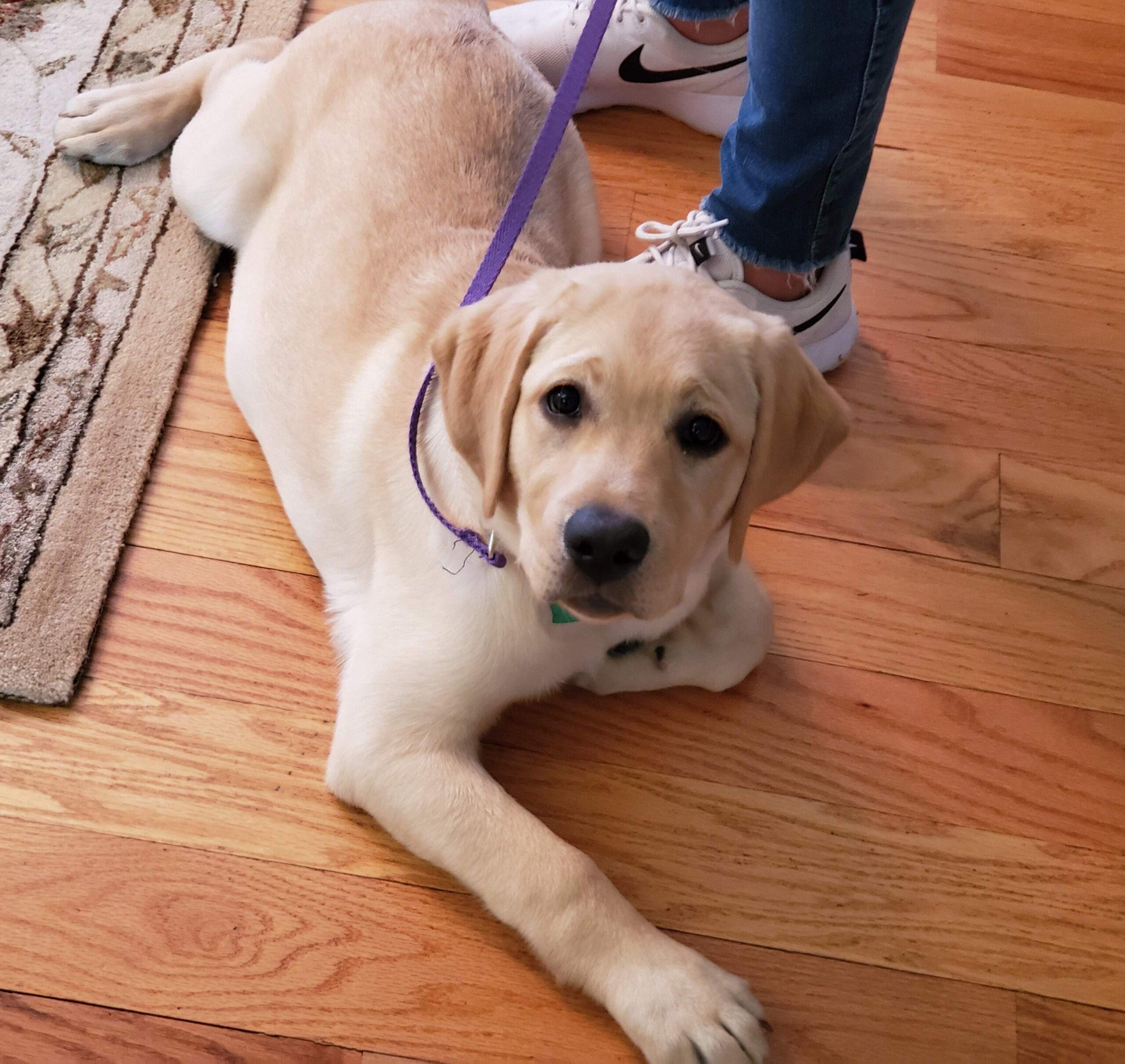
Now Offering Training in Somerville, Cambridge, Medford & Surrounding Area!
See the full list of areas served
Our In-Person Programs
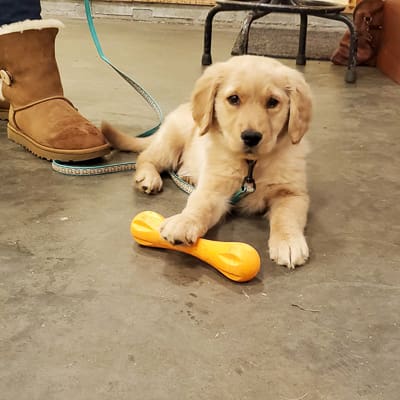
Team Puppy Training
Encourages your leadership and show how you to nurture good behavior.

Foundation Training
Covers the basics of good dog behavior as well as some behavior modification.
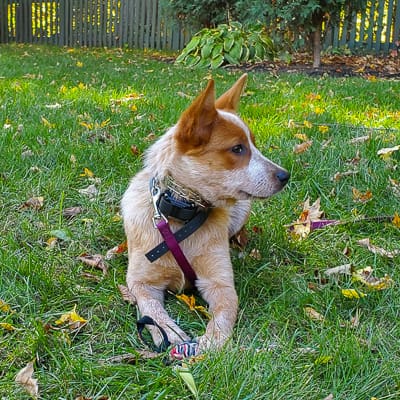
Remote Collar Training
Foundation Training with e-collar for total off-leash freedom and behavior modification.
What our clients have to say...
Dog Coach listened carefully and observed keenly my interaction and tone of voice with Bella. At nearly 6 months now, she is the best-trained dog I've had. It was a worthwhile experience!
We want to thank Dog Coach for your patience and encouragement! Our dogs are really coming into their own as the perfect family dogs we were looking for!
Such a great investment! We got a puppy and had a toddler... It was overwhelming at first. Working with Dog Coach has been the gift that keeps on giving.

